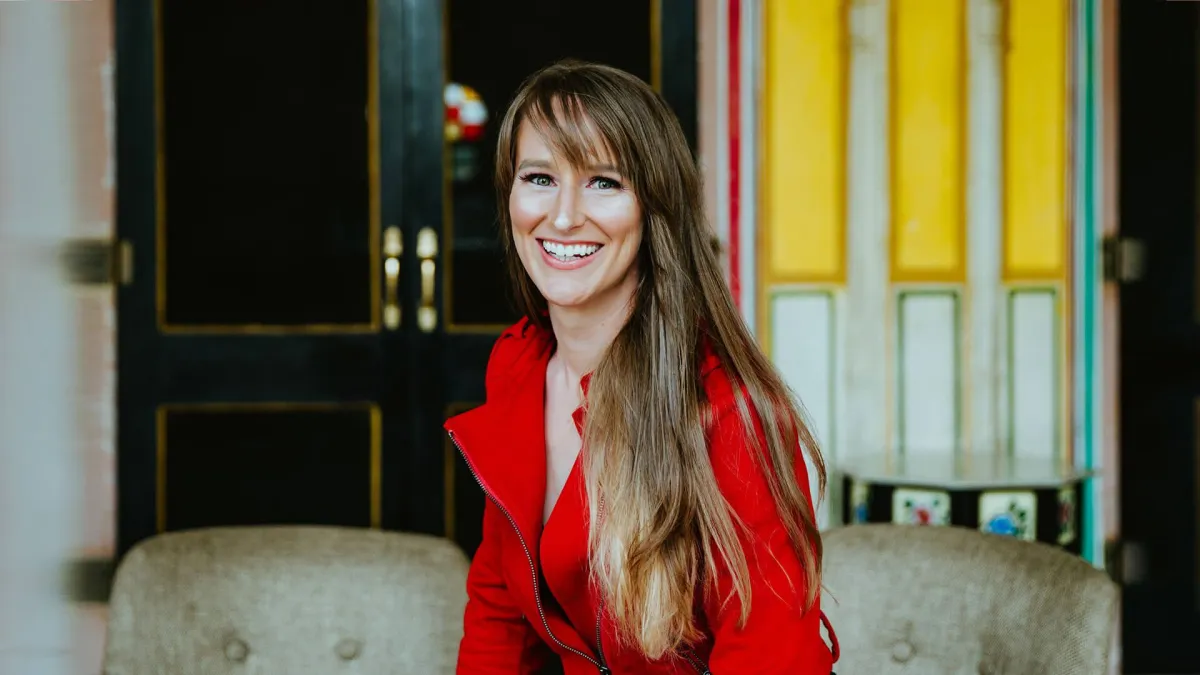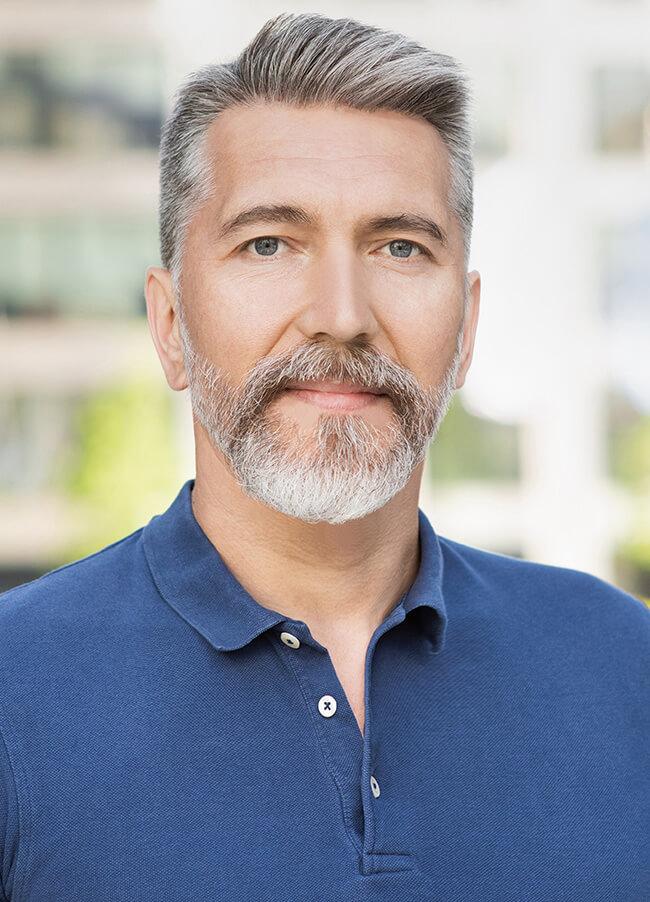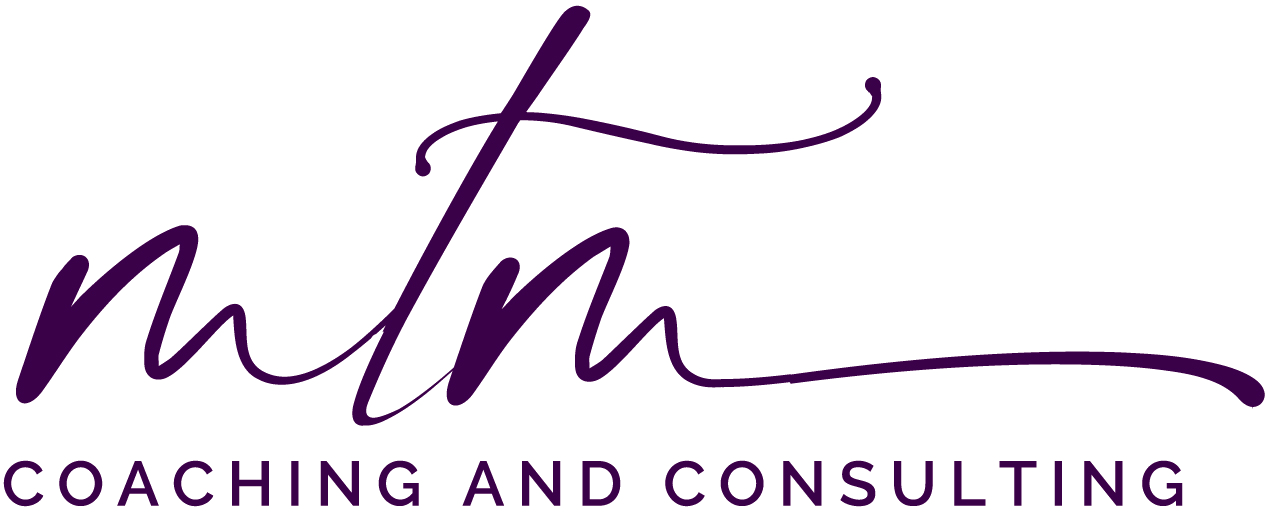Business & Personal Development Blogs
Learn from my experience

Business & Personal Development Blogs
Learn from my experience
Meet Your Host
Meg
I'm A Dancer, Professional Certified Coach (PCC), Business Mentor, Best-Selling Author, And Proud, First-Generation Entrepreneur

Close more sales with integrity
I can’t wait
for you to see what’s possible
The Middle
2001-2010

Then this happened...
Building The Team
Monocle ipsum dolor sit amet baggu boulevard artisanal exclusive. Boulevard Marylebone Boeing 787 eclectic. Bulletin Ettinger emerging perfect premium. International Boeing 787 Scandinavian global Helsinki Gaggenau boutique.
Bureaux espresso boulevard, Ettinger Toto Ginza hand-crafted destination efficient. Perfect carefully curated Ginza, the highest quality soft power.
Muji smart tote bag sophisticated iconic remarkable.
Then this happened...
Creating Your Methodology
Monocle ipsum dolor sit amet baggu boulevard artisanal exclusive. Boulevard Marylebone Boeing 787 eclectic. Bulletin Ettinger emerging perfect premium. International Boeing 787 Scandinavian global Helsinki Gaggenau boutique.
Bureaux espresso boulevard, Ettinger Toto Ginza hand-crafted destination efficient. Perfect carefully curated Ginza, the highest quality soft power.
Muji smart tote bag sophisticated iconic remarkable.

Today
2010 - present

Then this happened...
Building The Team
Monocle ipsum dolor sit amet baggu boulevard artisanal exclusive. Boulevard Marylebone Boeing 787 eclectic. Bulletin Ettinger emerging perfect premium. International Boeing 787 Scandinavian global Helsinki Gaggenau boutique.
Bureaux espresso boulevard, Ettinger Toto Ginza hand-crafted destination efficient. Perfect carefully curated Ginza, the highest quality soft power.
Muji smart tote bag sophisticated iconic remarkable.
Finally we are here...
Creating Your Methodology
Monocle ipsum dolor sit amet baggu boulevard artisanal exclusive. Boulevard Marylebone Boeing 787 eclectic. Bulletin Ettinger emerging perfect premium. International Boeing 787 Scandinavian global Helsinki Gaggenau boutique.
Bureaux espresso boulevard, Ettinger Toto Ginza hand-crafted destination efficient. Perfect carefully curated Ginza, the highest quality soft power.
Muji smart tote bag sophisticated iconic remarkable.

Meet The Team

Team Name
Job Title Goes Here
Proin sed libero enim sed faucibus turpis in. Risus pretium quam vulputate dignissim suspendisse. Tellus in metus vulputate eu scelerisque felis. Faucibus avulputate eu scelerisque felis. Faucibus avulputate eu scelerisque felis. Faucibus a

Team Name
Job Title Goes Here
Proin sed libero enim sed faucibus turpis in. Risus pretium quam vulputate dignissim suspendisse. Tellus in metus vulputate eu scelerisque felis. Faucibus avulputate eu scelerisque felis. Faucibus avulputate eu scelerisque felis. Faucibus a

Team Name
Job Title Goes Here
Proin sed libero enim sed faucibus turpis in. Risus pretium quam vulputate dignissim suspendisse. Tellus in metus vulputate eu scelerisque felis. Faucibus avulputate eu scelerisque felis. Faucibus avulputate eu scelerisque felis. Faucibus a






LinkedIn